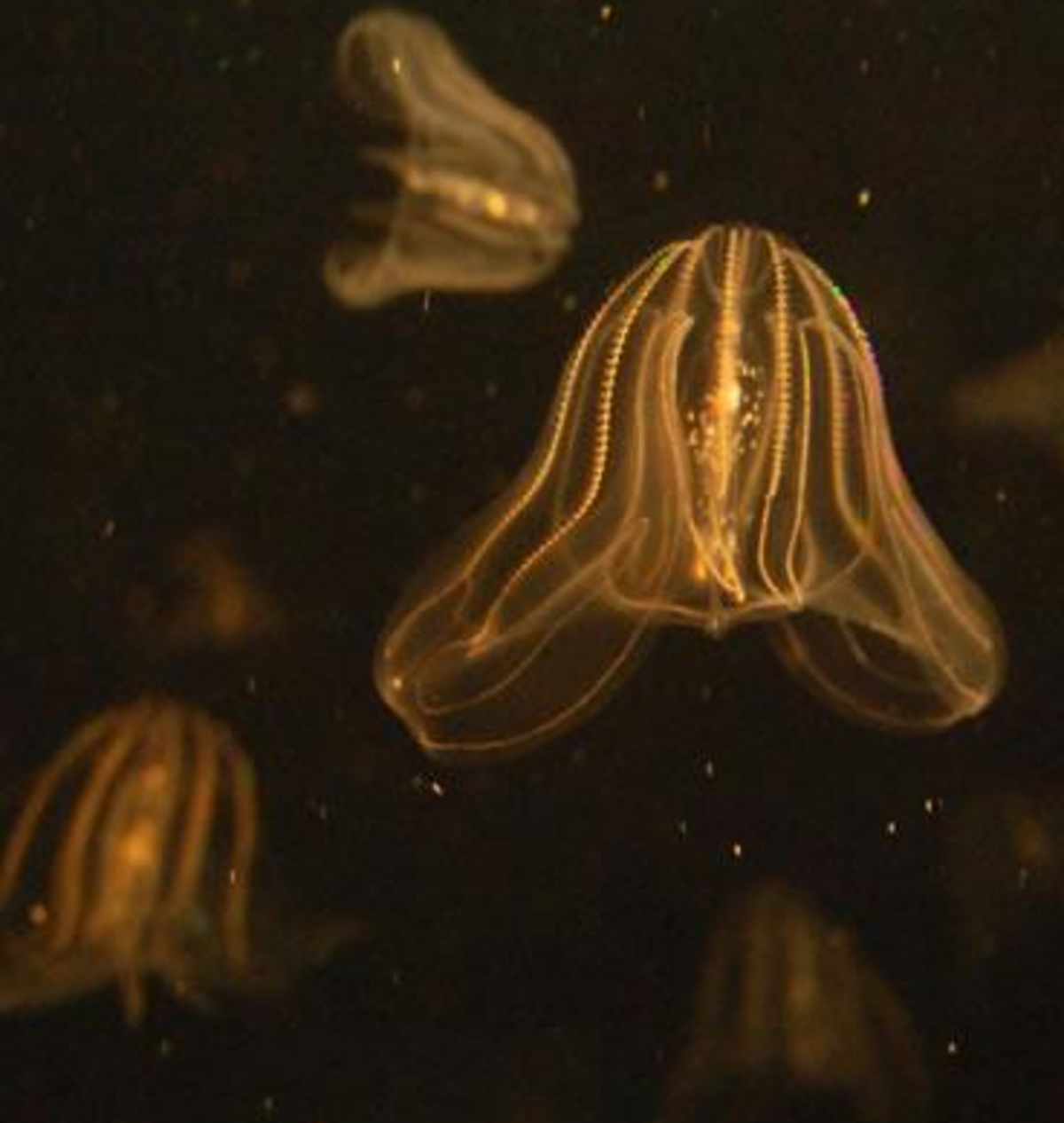The Black Sea has suffered from severe ecological changes since the 1970s due to intense eutrophication (associated with excessive anthropogenic nutrient load and pollutants), trophic cascades (as a result of overfishing and invasive non-indigenous gelatinous carnivores) and natural climatic variations.
Bulgarian researcher Svetla Miladinova received a Marie Curie Individual Fellowship under the EU's SIMSEA (Scenario simulations of the changing Black Sea ecosystem) project. The resources coming from this grant allowed the JRC to extend the JRC Marine Modelling Toolbox to cover the Black Sea (Miladinova et al., 2016).
The SIMSEA project resulted in the successful implementation of an advanced model of the complex Black Sea ecosystem (including selected alien species), which can be used to generate baseline and first scenario simulations, considering different policy options and climate change scenarios.
EU Marine Strategy aims to protect the marine environment
The Marine Strategy Framework Directive (MSFD) obliges all EU Member States to take the necessary measures to maintain or progressively achieve Good Environmental Status (GES) in the marine environment by the year 2020. It recognises that invasive species and eutrophication pose significant pressures on the marine environment that need to be addressed. These pressures are among the eleven descriptors defined by the MSFD to measure the GES of the marine environment, which specifically requires that eutrophication/invasive species do not cause harm to coastal and marine environments.
Invasions of non-indigenous species are among the greatest drivers of biodiversity loss, and pose a threat to the integrity and functioning of ecosystems.
The gelatinous carnivore Mnemiopsis leidyi (most likely imported via ballast water in ships from its origin on the east coast of America), which almost led to the complete collapse of anchovy fisheries in the Black Sea in the 1980s-90s, is specifically considered in the model.
The JRC's MSFD Competence Centre (MCC) is designed to help implement the MSFD. It includes the Marine Modelling Toolbox, which helps assess MSFD descriptors. This toolbox has now been extended to include the online coupling of a hydrodynamic model with a lower trophic level model of the Black Sea ecosystem.
The first scenario simulations using the new Black Sea model suggest that only a very significant reduction in nutrient inputs from large rivers could help to mitigate coastal eutrophication within about a decade.
Dissemination
The results of this work, achieved in collaboration with the Middle East Technical University (Erdemli, Turkey), are broadly disseminated within the scientific community (Miladinova et al., 2016), and can also be used by Commission services (DG Environment), public bodies and agencies (e.g. the Commission on the Protection of the Black Sea Against Pollution.
Links:
Further information
